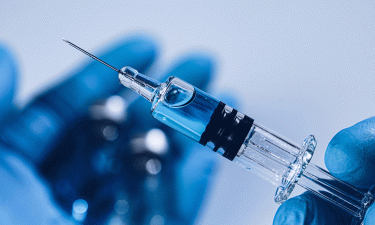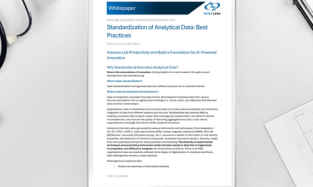Lipid nanoparticles used to deliver RNA in vaccines
Posted: 30 September 2019 | Victoria Rees (European Pharmaceutical Review) | No comments yet
Researchers have developed a series of lipid nanoparticles, which encapsulate RNA, for effective and improved vaccine delivery.


Researchers have developed a series of lipid nanoparticles to deliver RNA vaccines accurately, to ensure the therapy reaches the correct immune cells and produces sufficient amounts of the encoded protein.
A team from the Massachusetts Institute of Technology (MIT), US conducted the research into the vaccine. They say it also behaves like an “adjuvant”, boosting the effectiveness of the treatment.
Using mouse models, the researchers showed that the RNA vaccine is successful in inhibiting the growth of melanoma tumours.
“One of the key discoveries of this paper is that you can build RNA delivery lipids that can also activate the immune system in important ways,” says Daniel Anderson, an associate professor at MIT and the senior author of the study.
Anderson’s lab has previously developed lipid nanoparticles for delivering RNA and DNA for a variety of applications. These lipid particles form tiny droplets that protect the RNA molecules and carry them to their destinations.


According to the team, they can synthesise over 1,000 lipid materials with multiple different structures. These are then screened to find which ones are the most effective for delivery.
The researchers discovered that nanoparticles with a cyclic structure at one end of the particle can activate an immune signalling pathway called stimulator of interferon genes (STING). Once this is triggered, the cells produce interferon and other cytokines that provoke T cells into action.
RNA vaccines
RNA is an alternative to DNA in vaccines as it is able to reach the cell nucleus and become functional. The RNA enters a type of immune cell called an antigen-presenting cell. These cells can produce the protein encoded by the vaccine and display it on their surfaces, attracting and activating T cells and other immune cells. Therefore, it can be adapted to target many different diseases.
The results were published in Nature Biotechnology.
Related topics
Drug Delivery Systems, Drug Development, Research & Development (R&D), RNA, Vaccine Technology, Vaccines









